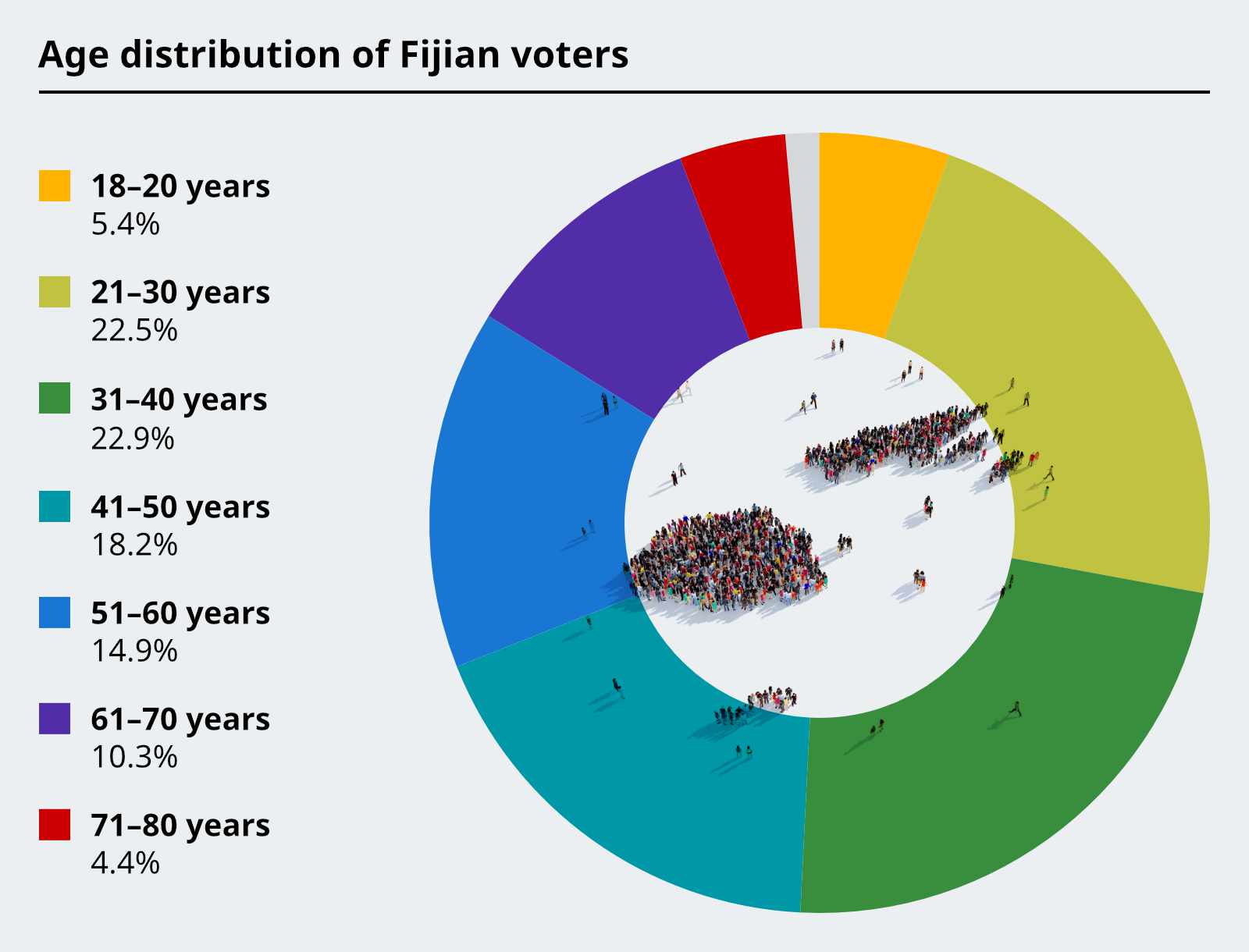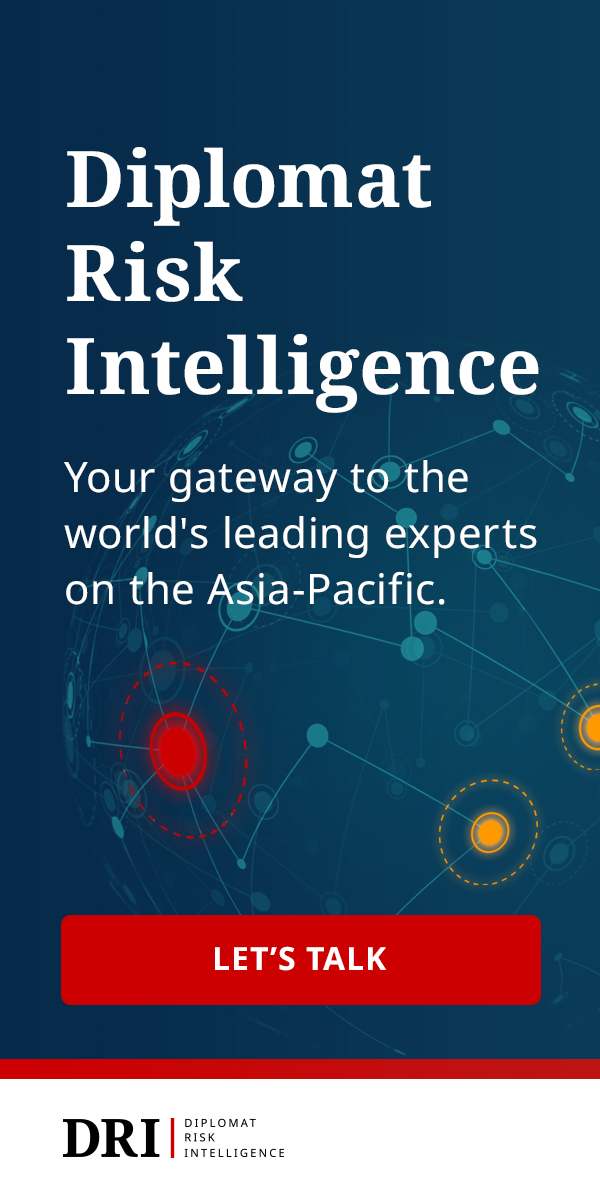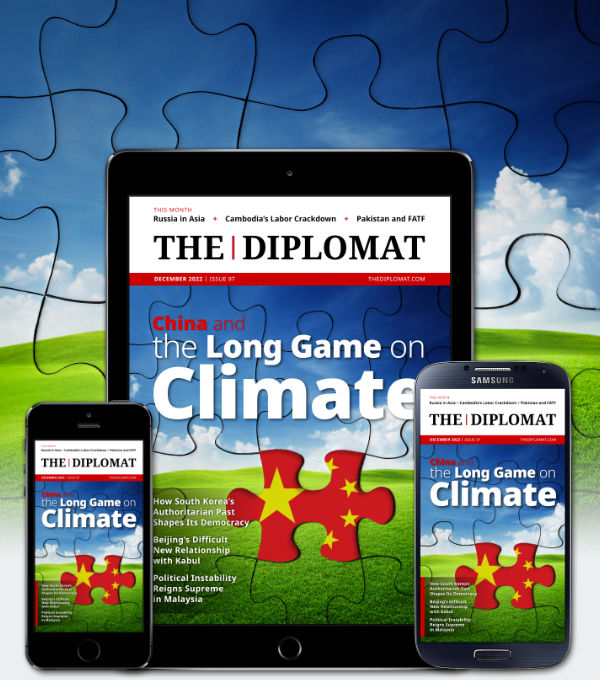| Welcome to the latest issue of Diplomat Brief. This week our top story explores how the war in Ukraine is reshaping Russia’s Northern Sea Route – and the Arctic energy projects that use this route – to focus on Asia, rather than Europe. We also have an interview with former Mongolian President Elbegdorj Tsakhia on the current direction of Mongolia’s democracy and the uneasy security situation in Northeast Asia. |
| Story of the week |  | Economy Amid Ukraine War, Russia’s Northern Sea Route Turns EastWhat Happened: Even before Russia sent troops into Ukraine, Moscow was keen on turning the Arctic waterways that run along large stretches of Russia’s northern coastline into an international shipping lane: the Northern Sea Route. The invasion of Ukraine, and resulting sanctions on Russia, have reshaped this initiative from a general shipping route moving westward toward Europe into an energy artery moving east, especially to China and India. Our Focus: Previously, most shipping along the Northern Sea Route was bound for Europe. “Between 2016-2019, more than 570 commercial voyages sailed from the Russian Arctic to Europe. In the same period, only 124 such voyages were made to ports in Asia,” writes Trym Eiterjord, a research associate at the Arctic Institute. But with Europe now weaning itself off Russian energy, the future of the Northern Sea Route depends on Asian partners – namely China and India. China’s imports of oil and LNG from Russia have grown by double digits since the Ukraine invasion, and Chinese companies were already heavily involved in Arctic energy projects. Russia is now boosting exports to India, which is feeling out opportunities to make its own investments in the Russian Arctic. What Comes Next: Russia is hoping for an energy and shipping boom in its Arctic region, with big plans for a number of new LNG, oil, and coal projects in the region. “With the exit of European partners and buyers, then, Russia will have to look elsewhere to get its Arctic energy projects off the ground. More specifically, it will have to look eastward, to China, India, and other countries,” Eiterjord writes. So far, sanctions have limited such investments, but that might not last forever. And “should China and India yoke more of their energy security to the Arctic, it would in turn bring these states closer to the region.” Read this story |
| Behind the News | INTERVIEW Elbegdorj TsakhiaFormer Mongolian President Elbegdorj Tsakhia on the challenges facing Mongolia's democracy: “Today, Ukraine is fighting an overt war, while Mongolia is fighting a covert war, to protect our freedom. The main target of this ‘cold’ war is the democratic aspirations and achievements of the Mongolians.” Read the interview |
| This Week in Asia | Northeast Asia Japan Readies Crucial Defense DocumentsJapan is drawing closer to releasing three defense documents that will overhaul the country’s security strategy, highlighted by a new National Security Strategy. The new documents are expected to convey a sea change in Japan’s approach to defense and security, something already becoming clear through the new consensus on the pursuit of counter-strike capabilities and raised defense spending. Find out more | South Asia Another China-India Border ClashOn Friday, Chinese and Indian troops clashed again along their disputed border in the Himalayas. Indian defense officials said the incursion was a deliberate attempt by China to seize control of a mountain peak near Tawang. Injuries were reported, but no deaths – unlike the 2020 clash in the Galwan Valley. Still, the incident drives home that the disputed region remains a tinderbox for potential conflict. Find out more | Southeast Asia Vietnam Holds First International Arms ExpoFrom December 8 to 10, Vietnam’s military held its first ever International Defense Expo, in a bid to develop its nascent defense industry and build partnerships with a range of international security partners. The subtext of the event, of course, was the war in Ukraine and Hanoi’s growing desire to diversify its sources of arms and reduce its heavy reliance on Russian military technology, which dates back to the 1950s. The war in Ukraine has exposed the shortcomings of this reliance and accelerated the shift toward a more diverse procurement strategy that began in the middle of last decade. Find out more | Central Asia What Is a Chinese Education Really Worth in Kyrgyzstan?Obtaining a degree in China was pitched to many Kyrgyz as a fast track to a good-paying job, with the language skills in particular advertised as a leap ahead. But as some Kyrgyz graduates with Chinese diplomas have discovered, the opportunities – and the quality of the education – are not completely what they had hoped for. Find out more |
| Visualizing APAC |  | Fiji’s youth could decide its election this week: Voters under 40 make up just over 50 percent of registered voters (and an even larger share of the population). See the full picture |
| Word of the Week | Security 専守防衛Senshu boei, Japanese for “strictly defensive national defense,” describing the pacifist orientation for Japan’s national security policies. Find out more |
| Webinar Alert | The Diplomat Asks 2022: The Asia-Pacific’s Year in ReviewIt's been quite a year in the Asia-Pacific, from the regularly scheduled (elections in South Korea, the Philippines, Nepal, and Malaysia, for instance) to the shocking (perhaps nothing more so than the assassination of former Japanese PM Abe Shinzo). Global events like the Russian invasion of Ukraine took a toll and regional crises loomed in the Korean Peninsula and the Taiwan Strait, all while the COVID-19 pandemic and its economic complications continue to reverberate through the region. Join us on December 20 at 9 p.m. U.S. Eastern time for a recap of the major events of 2022 within East, Southeast, South, and Central Asia, featuring The Diplomat's editors. Featuring: Catherine Putz is managing editor at The Diplomat. Sudha Ramachandran is South Asia editor at The Diplomat. Sebastian Strangio is Southeast Asia editor at The Diplomat. Shannon Tiezzi is editor-in-chief at The Diplomat. Sign up for the webinar |
|  |




